What Zone am I in?
palmlover1
15 years ago
Related Stories

COLORTime to Step Out of Your Color Comfort Zone?
If you always seem to pick warm tones, or you stick to the cool ones, bucking your natural inclination could bring new energy to a room
Full Story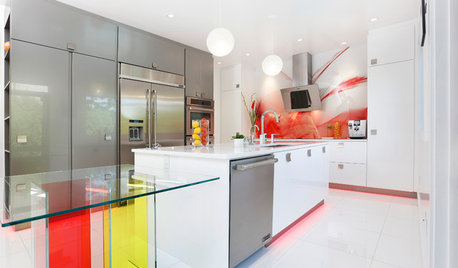
Shop Houzz: I Am Titanium
Embrace this durable yet stylish silvery-gray metal in furniture, fixtures and more
Full Story0

MOST POPULARKitchen Evolution: Work Zones Replace the Triangle
Want maximum efficiency in your kitchen? Consider forgoing the old-fashioned triangle in favor of task-specific zones
Full Story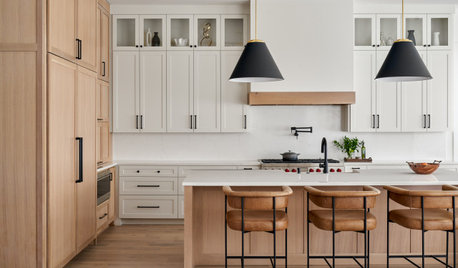
KITCHEN DESIGNStash It All: Know the 3 Zones of Kitchen Storage
Organize storage space around your kitchen’s main activities for easier cooking and flow
Full Story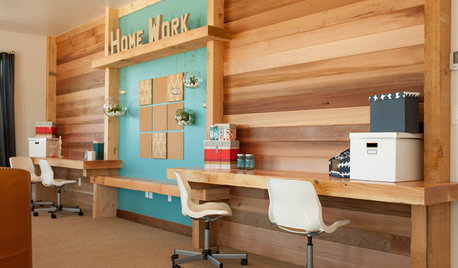
KIDS’ SPACES5 Ideas for a Great Home Learning Zone
Get your child off to a good start this school year with homework areas and strategies that reduce the frenzy
Full Story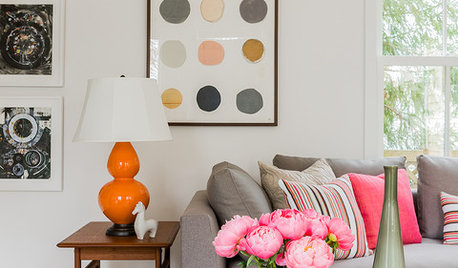
DECORATING GUIDES10 Ways to Tiptoe Out of Your Decorating Comfort Zone
Ease into waking up your space with small doses of decorating daring that express who you are right now
Full Story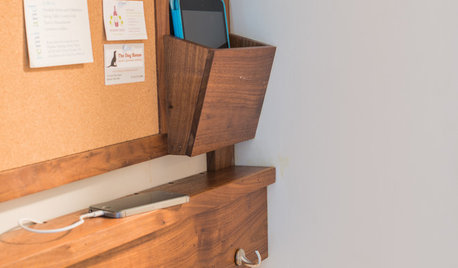
THE HARDWORKING HOMEA New Drop Zone Keeps the Clutter at Bay
The Hardworking Home: A clever wall-mounted station for keys, phones and more helps a family stay organized
Full Story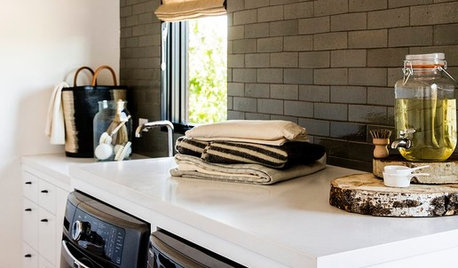
HOUSEKEEPINGClean Up Your Cleanup Zones
Make chore time more pleasant by tidying up your laundry room and updating cleaning tools
Full Story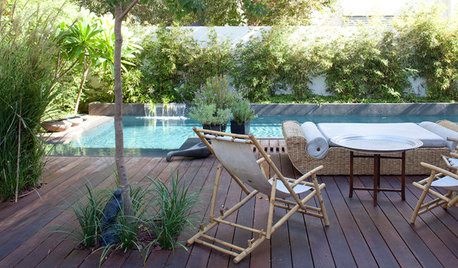
GARDENING AND LANDSCAPING10 Great Outdoor Chill Zones
Whether you have a huge poolside deck or a sliver of a patio, these ideas will kick stress to the curb all summer long
Full StoryMore Discussions






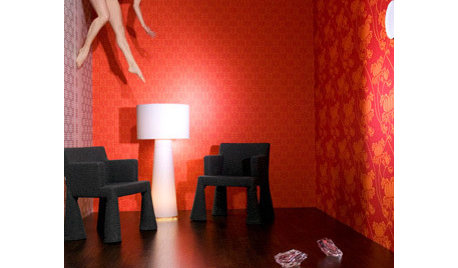

evonnestoryteller
palmlover1Original Author
Related Professionals
Simi Valley Landscape Architects & Landscape Designers · Wareham Landscape Architects & Landscape Designers · Manchester Landscape Contractors · Barrington Landscape Contractors · College Park Landscape Contractors · East Patchogue Landscape Contractors · Munster Landscape Contractors · Pine Hills Landscape Contractors · Quincy Landscape Contractors · Suitland Landscape Contractors · Wickliffe Landscape Contractors · Four Corners Landscape Contractors · Camp Springs Landscape Contractors · Ferguson Landscape Contractors · Manchester Decks, Patios & Outdoor EnclosuresPenelope
evonnestoryteller
Marie Tulin
evonnestoryteller
terrene
mad_gallica (z5 Eastern NY)
rockman50
Marie Tulin
prairiemoon2 z6b MA
evonnestoryteller
evonnestoryteller
evonnestoryteller
spedigrees z4VT
neonrider